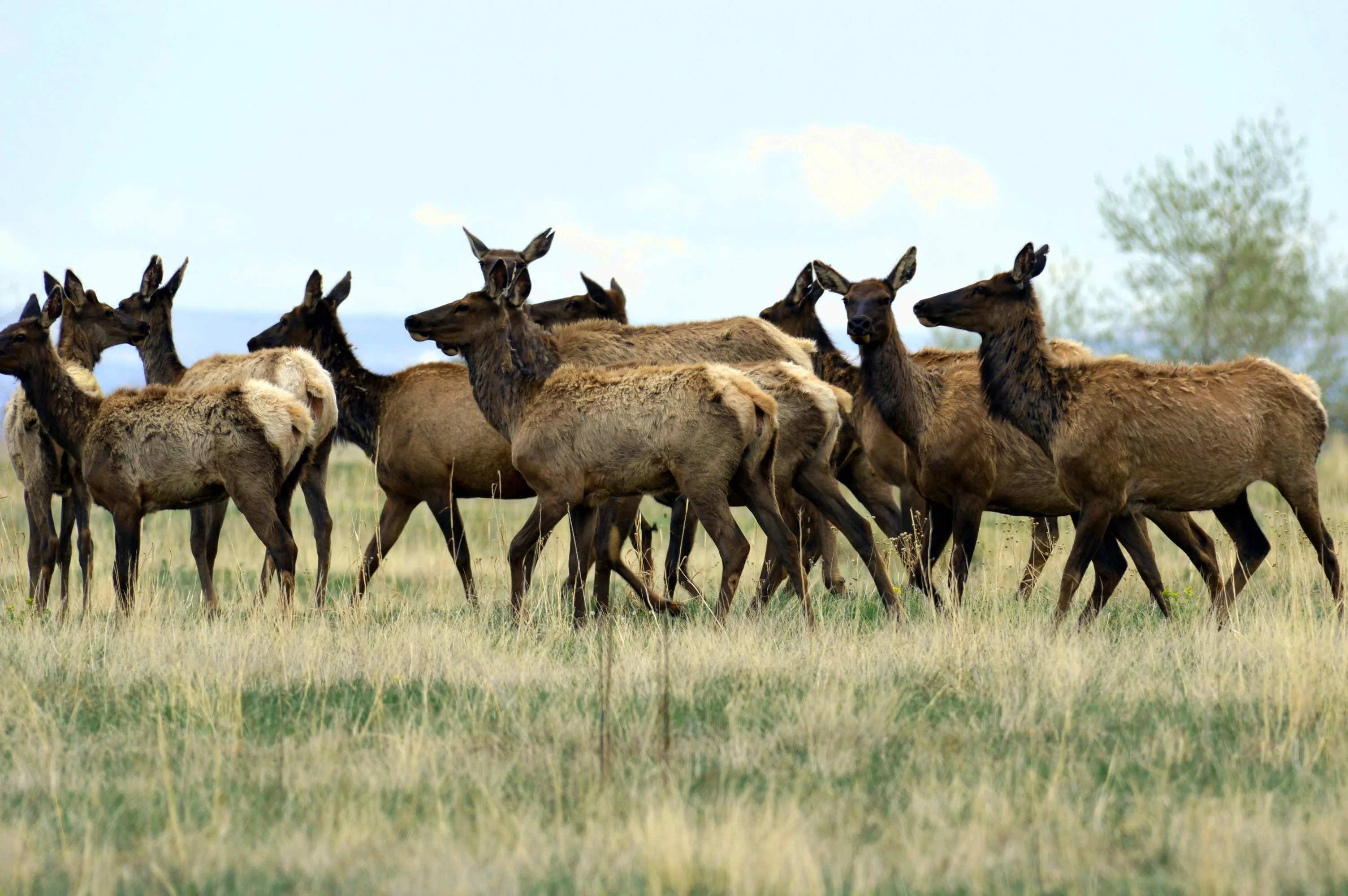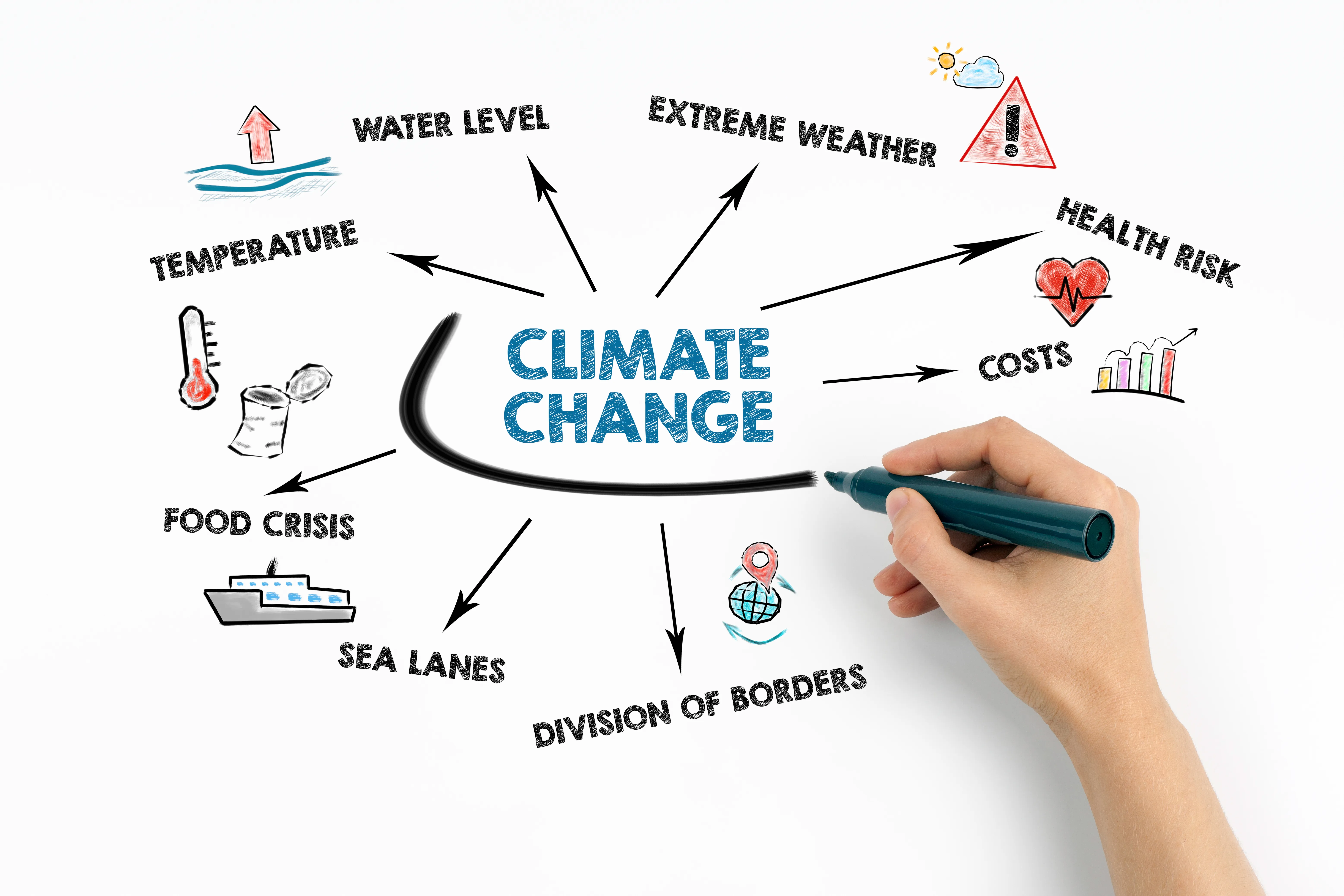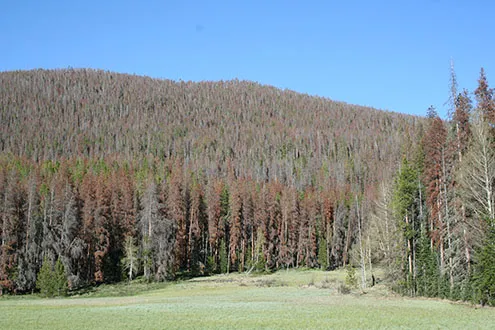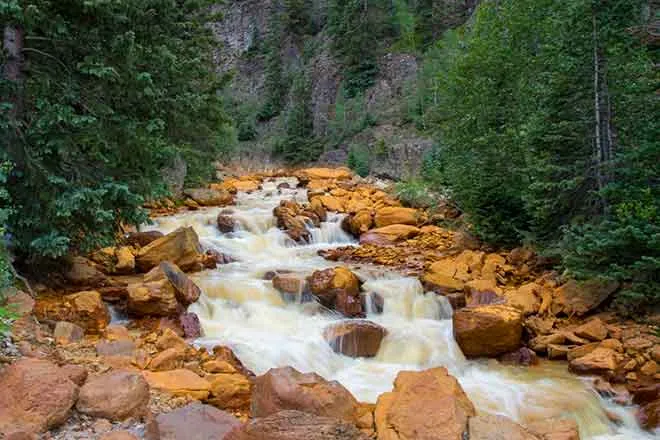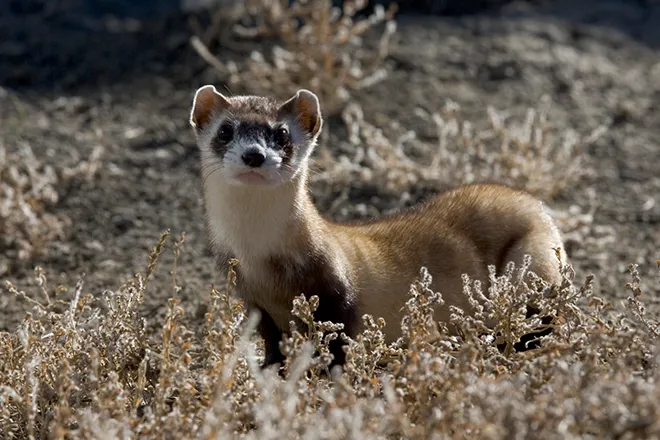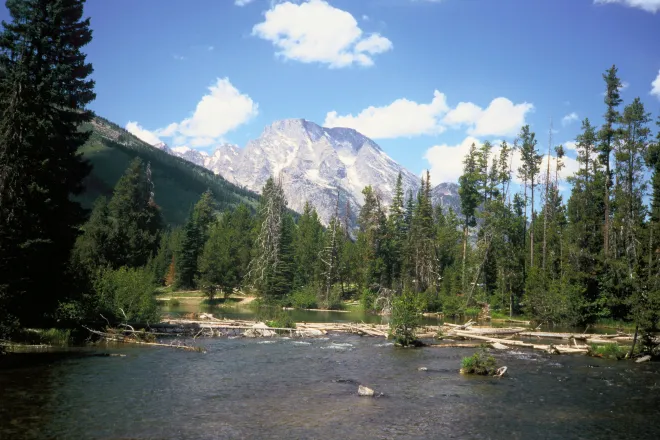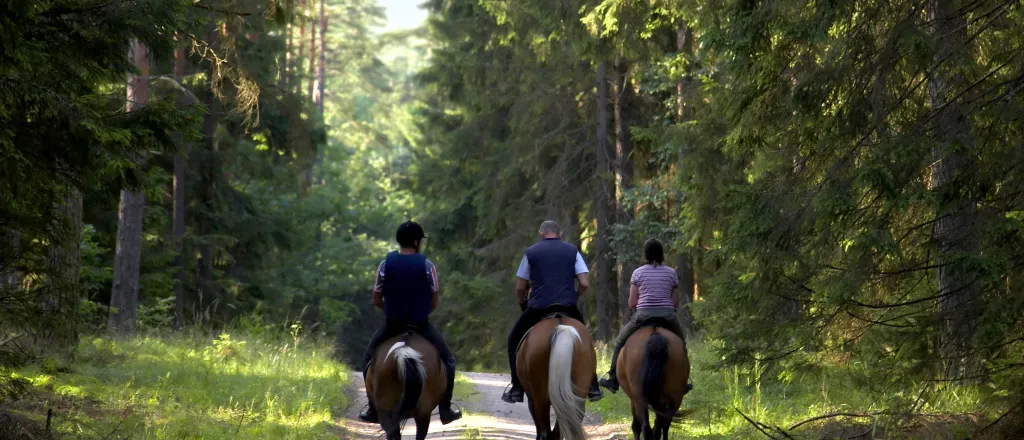
New Mexico conservationists promise to fight for 'Roadless Rule'
© amaxim - iStock-144283539
Click play to listen to this article.
The Trump administration wants to overturn a conservation rule that had garnered more public comment than any in U.S. history up until that time.
Commonly known as the Roadless Rule, the U.S. Department of Agriculture regulation prohibits road construction, reconstruction, and timber harvesting on nearly 60 million acres of national forest land.
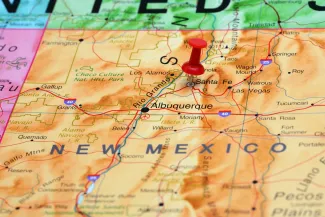
Sarah McMillan - the senior attorney and director of the Wildlands & Wildlife Program at the Western Environmental Law Center - said before it was adopted in 2001, 1.5 million people submitted comments, with the vast majority in support of the rule.
"This was a rule that was carefully, thoughtfully developed," said McMillan. "There was a long process of inventorying these roadless areas and identifying these remote, often mature and old-growth trees. This didn't happen overnight."
A rollback of the rule would allow more logging and drilling on federal lands, which McMillan said would worsen climate change, harm wildlife & vital ecosystems, jeopardize water quality, and negatively affect recreational opportunities.
The Bush administration attempted to repeal the Roadless Rule in 2005, but lost in the courts.
In announcing the proposed rollback, U.S. Secretary of Agriculture Brooke Rollins claimed more logging would improve forest management, which would in turn decrease forest fires.
But McMillan said that argument is disputed in a 2020 Wilderness Society study that found just the opposite.
"The truth is, un-roaded areas burn at a significantly lower rate than areas with roads," said McMillan. "So, fires start near roads."
McMillan said it doesn't make sense to allow private developers to log more trees when the planet is undergoing a biodiversity and climate crisis - especially because old-growth trees create a buffer against climate change.
Forests cover almost 30 percent of New Mexico's land area.

